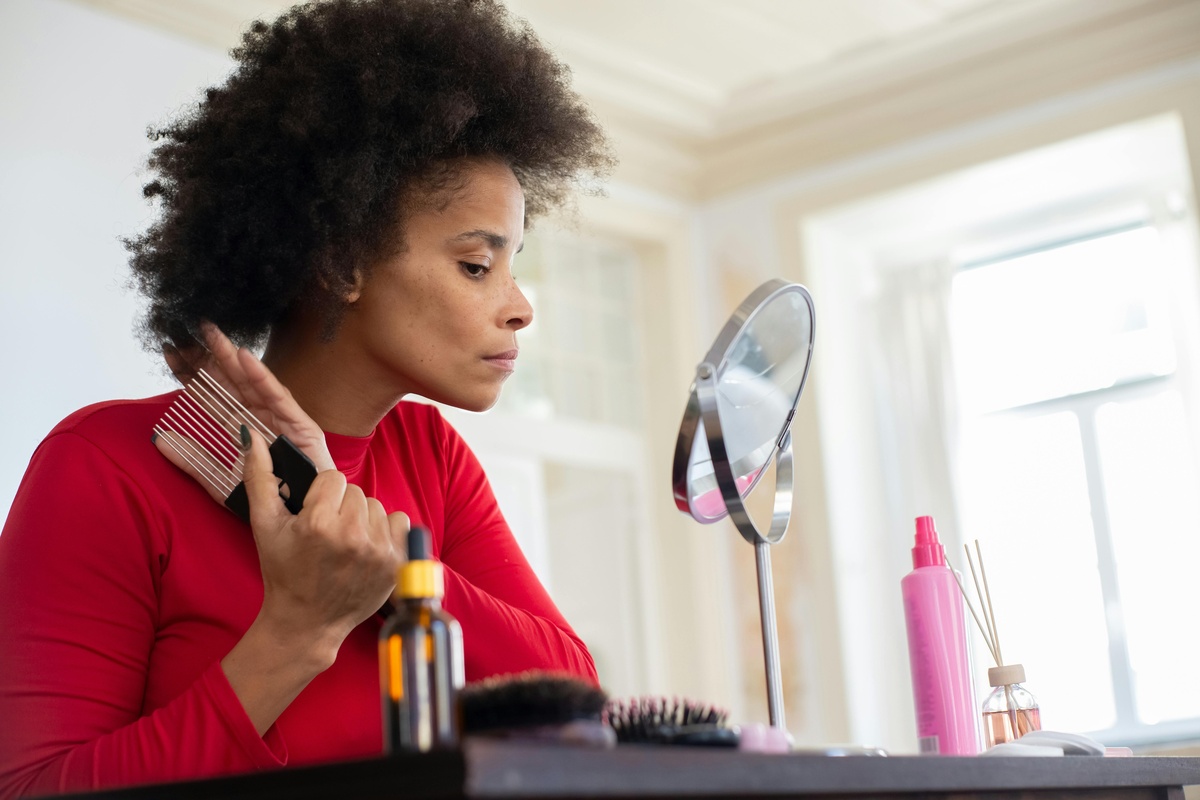
Thinking of dyeing your African natural hair? Here’s everything you need to know first
Looking for an early new year’s resolution – or maybe just something to spice up life? Dye your African natural hair! But first, the 101.

Dyeing your natural hair can be a thrilling way to express your style, but African hair’s unique texture and porosity mean you need to tread carefully.
From choosing the right colour to maintaining your curls post-dye, here’s your ultimate guide to doing it safely and stylishly.
Five things to consider before dyeing your natural hair
1. Hair health
African hair is naturally drier and more fragile.
If your hair is already damaged, dyeing it could lead to breakage or split ends.
Strengthen your strands with protein treatments and deep conditioning for at least two weeks before dyeing.
2. Colour choice
Not all shades work without bleach.
If your natural hair is black, you can achieve medium brown without bleach, but vibrant colours like blonde or red require bleaching, which can be harsh.
3. Professional vs DIY
For dramatic changes, especially bleaching, always consult a professional.
Semi-permanent dyes are gentler and a safer DIY option for first-timers.
4. Patch test
Allergic reactions are real. Test the dye on a small section of your skin 48 hours before full application to avoid irritation or worse.
5. Long-term commitment
Dyeing is not a one-time event. Expect touch-ups every four to eight weeks, depending on the colour and your hair’s porosity.
Permanent dyes last longer but require more maintenance
The pros and cons of dyeing African natural hair
Benefits:
- Self-expression: Dyeing your hair is a powerful way to showcase your personality and creativity.
- Trendsetting: Bold colours like copper, burgundy, and even pastels are trending in 2025, making it a great time to experiment.
- Confidence boost: A fresh colour can rejuvenate your look and uplift your mood.
Side effects:
- Dryness and breakage: Chemical dyes strip natural oils, leaving hair brittle. Moisture becomes your best friend post-dye
- Colour fading: Vibrant shades fade faster, especially if you wash your hair frequently. Use sulphate-free shampoos and cold water to prolong colour.
- Allergic reactions: Some dyes contain harsh chemicals like PPD, which can cause scalp irritation or even hair loss in extreme cases.
How to care for dyed African natural hair
- Moisturise religiously: Use leave-in conditioners, deep conditioning masks, and natural oils like coconut or jojoba to keep your hair hydrated.
- Wash less often: Limit washing to once or twice a week with colour-safe, sulphate-free products to prevent fading and dryness.
- Protect your hair: Minimise heat styling and always use a heat protectant. Sleep with a satin scarf or bonnet to reduce friction and breakage.
- Trim regularly: Dyed hair is prone to split ends. Trim every eight to twelve weeks to maintain healthy ends.
- Use colour-depositing products: Shampoos and conditioners with colour-depositing pigments can refresh your shade between dye jobs.
How long does hair dye last?
- Semi-permanent dyes: Four to six weeks.
- Permanent dyes: Six to eight weeks, but roots may show after four weeks.
- Henna and natural dyes: Two to four weeks, with gradual fading.
Five alternatives if you’re not ready to dye
1. Wigs and extensions
Clip-ins, weaves, or wigs let you experiment with colour without commitment.
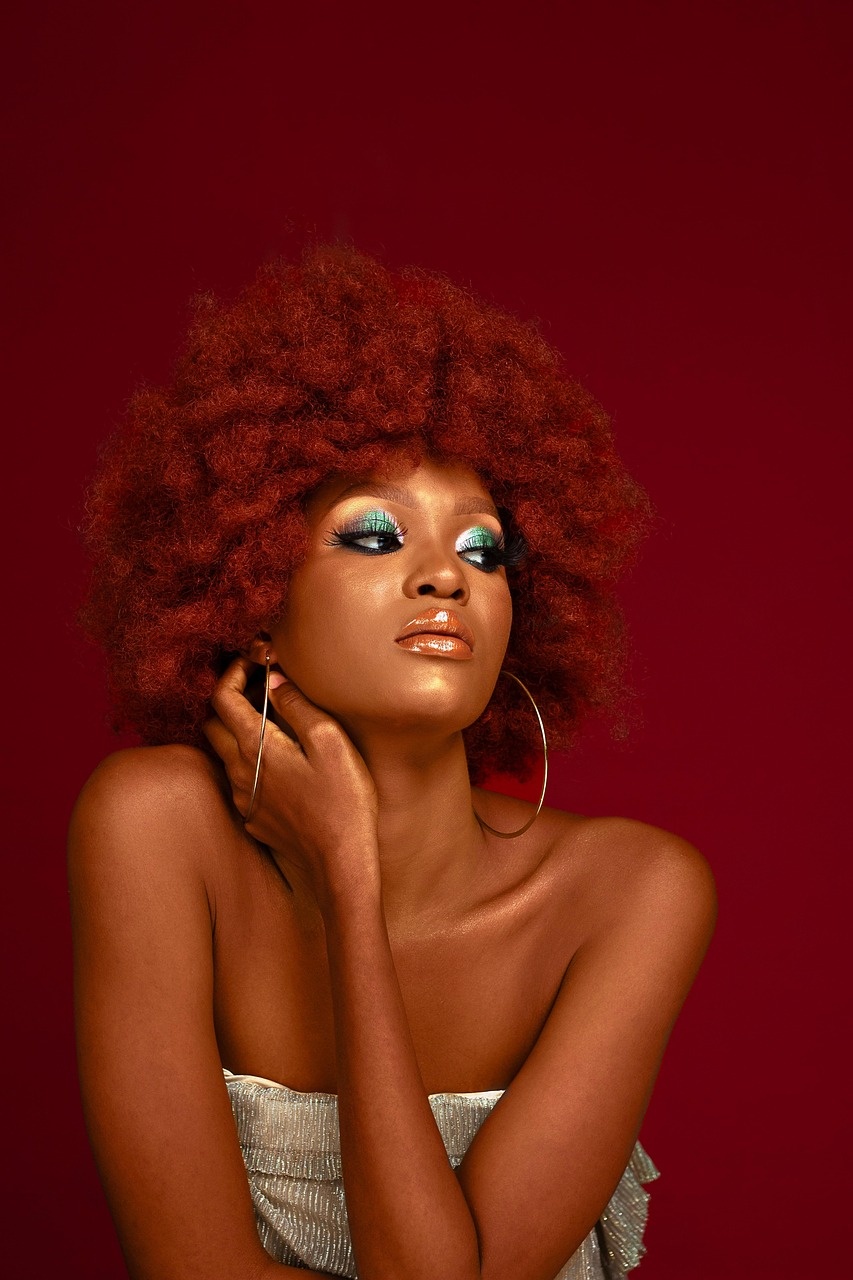
2. Henna
A natural, chemical-free dye that conditions hair while adding colour. It’s temporary and fades gracefully.
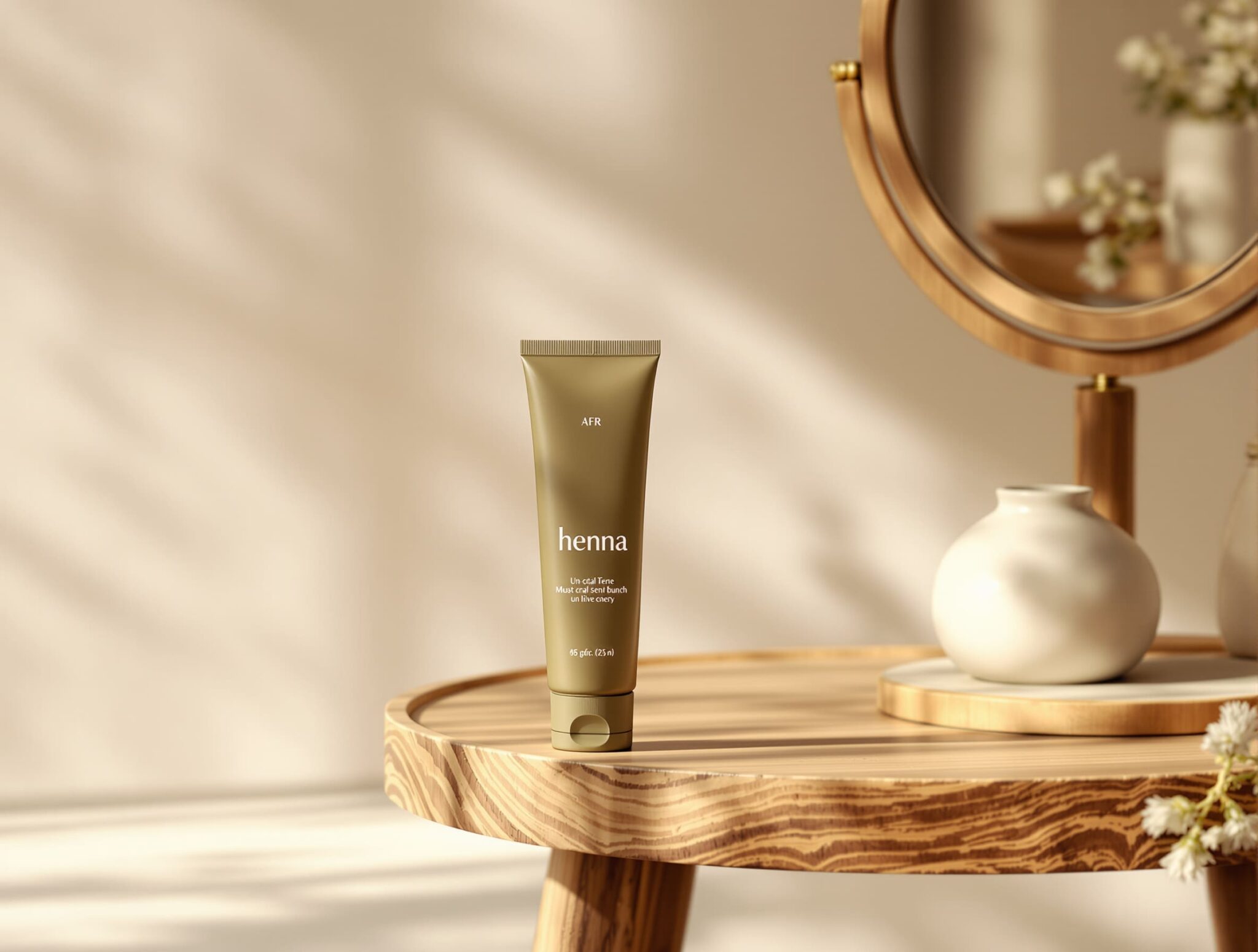
3. Hair chalks and sprays
Temporary colour that washes out after one or two shampoos.
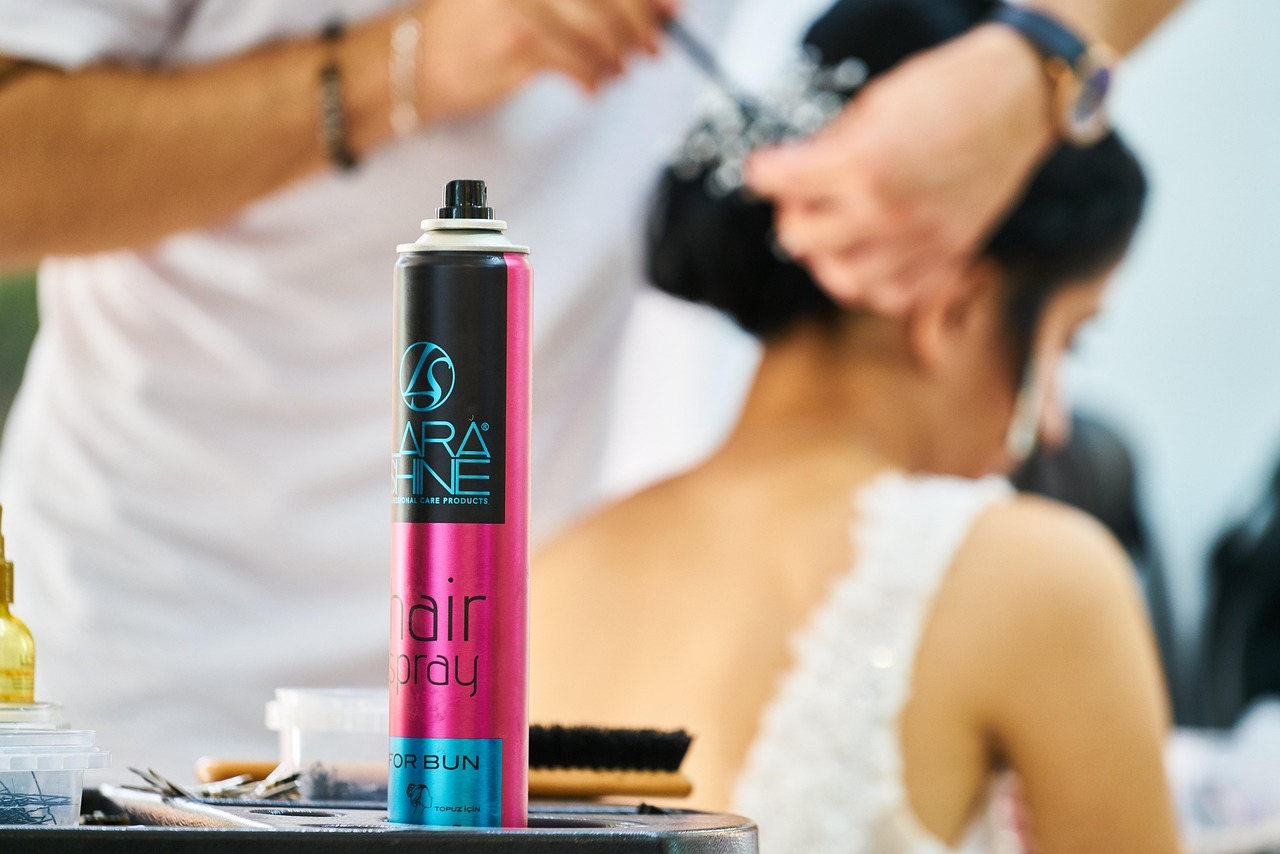
4. Highlights or lowlights
Subtle changes using foils or balayage for a natural look.
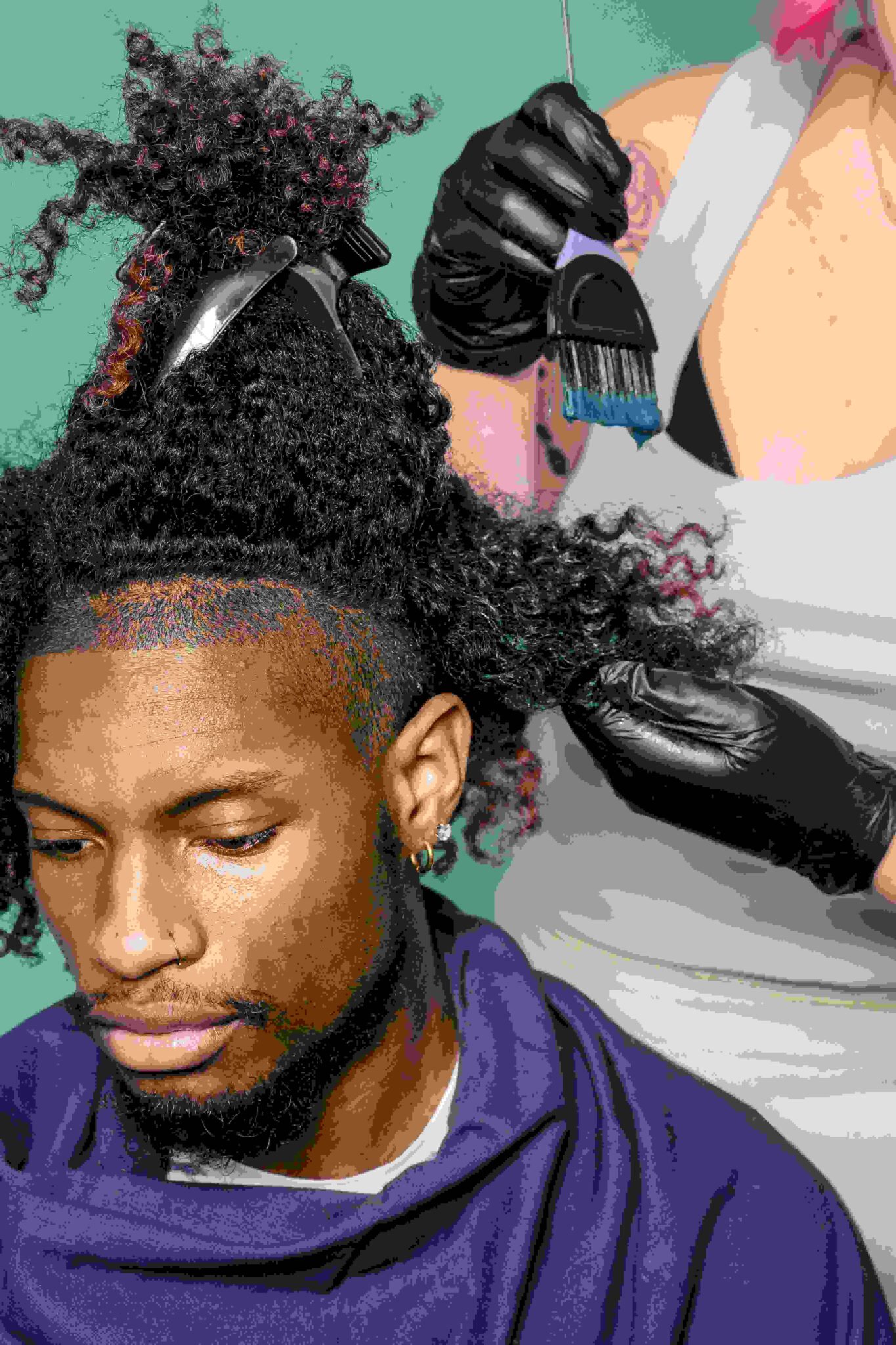
5. Headscarves and accessories
Bold prints and colours can give the illusion of dyed hair without the process.
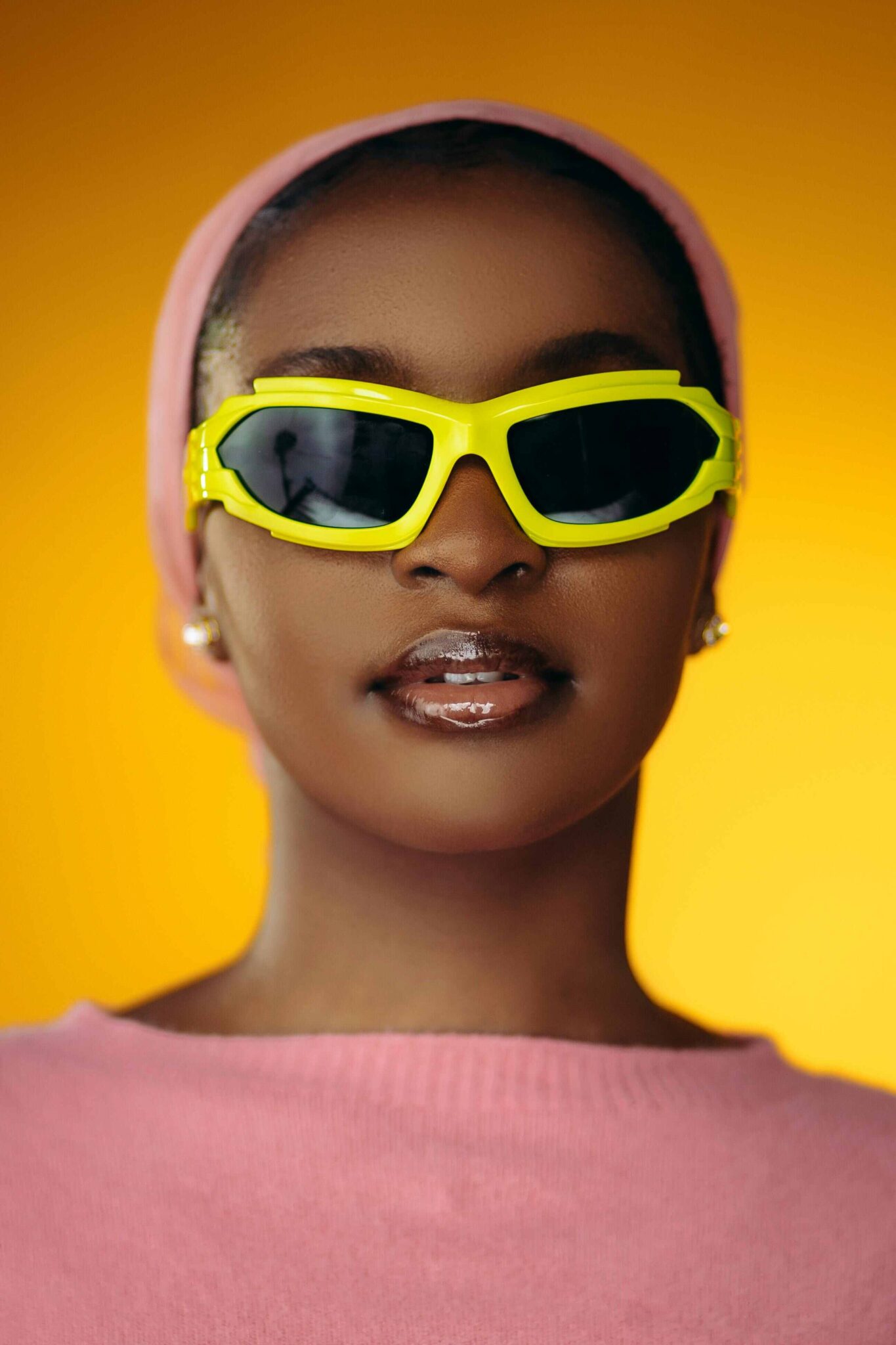
Why African men and women are choosing colour
Dyeing natural hair is more than a beauty trend, it’s a cultural statement.
For women, it’s about embracing boldness and individuality, with colours like copper, burgundy, and honey blonde leading the charge.
Men are increasingly joining the movement, opting for subtle highlights or bold shades to express creativity and break stereotypes.
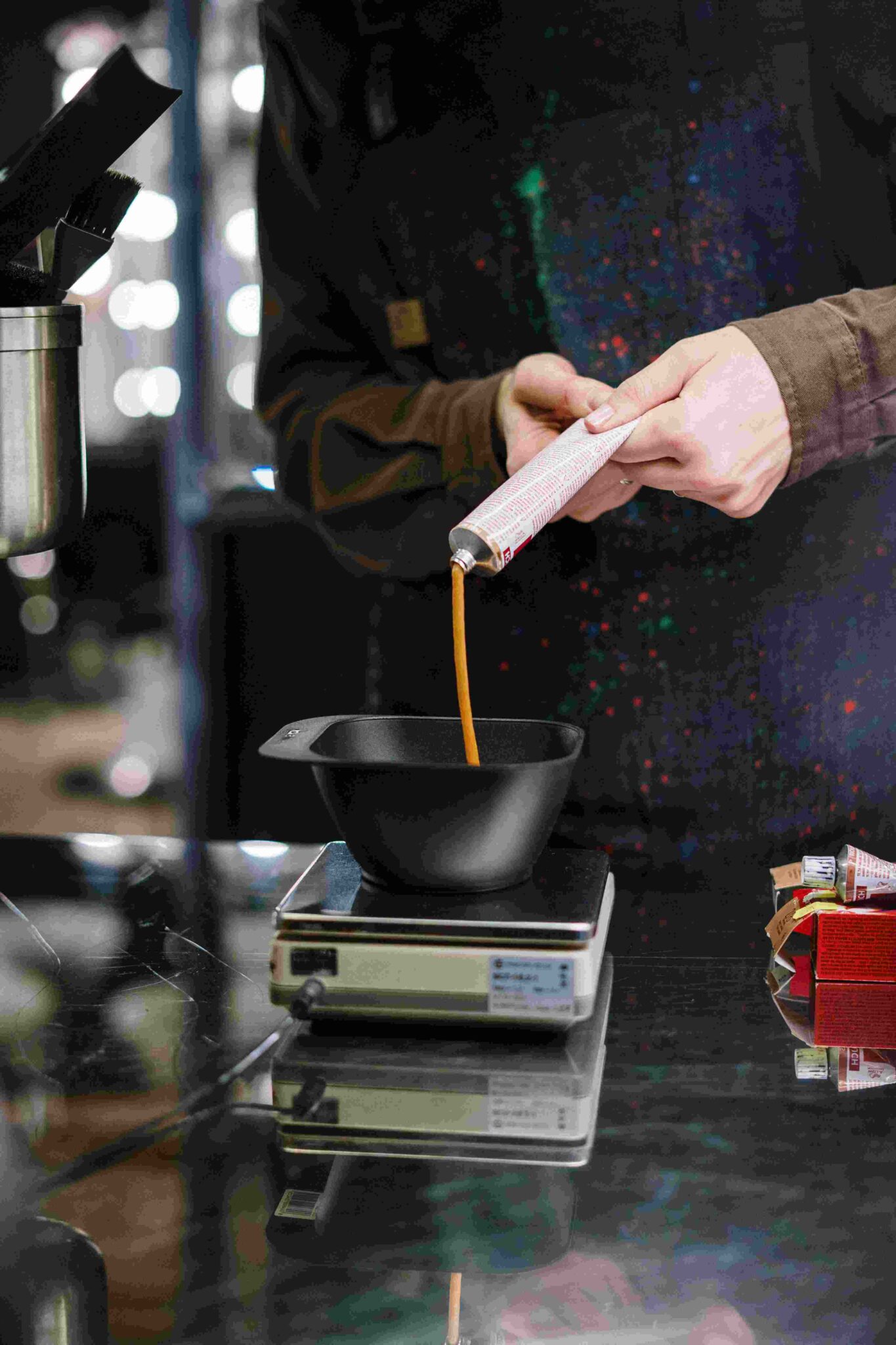
Top dye colours for African natural hair
1. Rich coppers and auburns
Warm tones that complement darker skin beautifully.
2. Burgundy and wine reds
Deep, luxurious shades that add depth and sophistication.
3. Honey and caramel blondes
Subtle, sun-kissed highlights for a natural glow.
4. Jet black and espresso
Classic, elegant, and easy to maintain.
5. Pastel tips
Playful pops of pink, blue, or lavender for a modern twist.
Dyeing your natural hair is a journey, not a sprint. Start with a consultation, choose a shade that excites you, then commit to the aftercare.
Your vibrant new look awaits!
